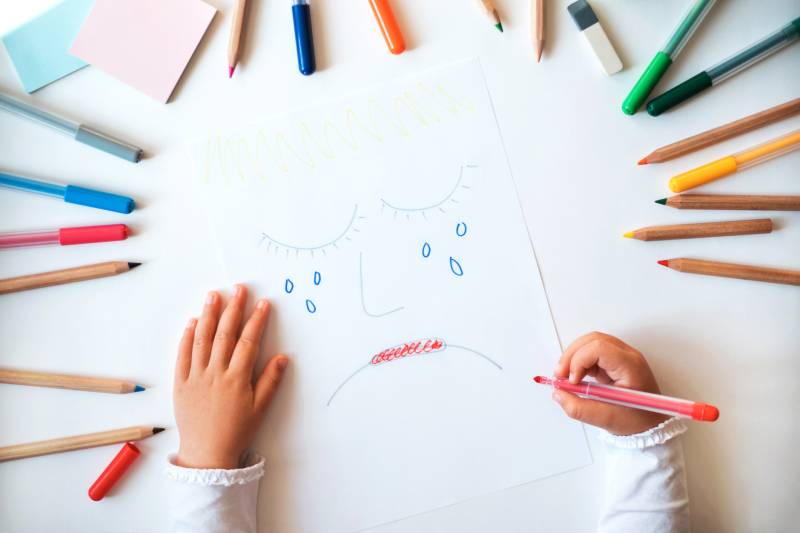It’s easy to rattle off the visible effects the covid-19 pandemic has had on schools, starting with school closures in 2020 and continuing through mask debates, teacher burnout and ongoing behavioral challenges. One of the less visible effects of the pandemic is the number of grieving students now populating American schools. More than 200,000 children under 18 lost a parent or in-home caregiver to coronavirus, according to COVID Collaborative, a coalition of experts in education, the economy and health that released a report on the subject last December.
Those kids, along with those who lost other relatives, are carrying their grief with them into classrooms. Unacknowledged and unaddressed, it can hurt their ability to learn and engage with school. But most adults in schools aren’t specifically trained to respond to child grief. School counselor Gen Nelson said that’s what led her to current work supporting grieving kids and raising awareness about their needs. In her first year working at a middle school, she had a high number of students who’d experienced the death of a parent or sibling. “I didn’t have much for resources, but I knew I needed to do something to help them,” she told MindShift. She started a grief group for the students and began educating herself. As she learned more, she presented at conferences and ran more grief groups. This past summer she left her school counseling job to become the program director at the Lost & Found Grief Center in Springfield, Missouri. At the American School Counselors Association national conference in July, she discussed some of the things we get wrong in responding to child grief and how we can better help students navigate the challenges of loss.
1. Using vague language
“His aunt died.” “Her father is dead.” Nelson said adults need to get comfortable using direct language when discussing death. Vague terms, such as “passed away” and “lost,” can confuse young children and layer unnecessary fears onto their grief. “Sometimes it feels harsh to use the word ‘died’ or ‘dead,’ but it’s important to use those concrete terms,” Nelson said.
Nelson also said to eliminate the phrase “committed suicide,” which connotes crime or sin and can create shame for family members. “It doesn’t seem like a big deal, but I’ve had many, many, many conversations with teens who have been left behind by a parent that died by suicide. And that word matters,” Nelson said.
2. Trying to fix it
It’s natural to want to fix or solve a problem when we see a young person in pain, especially for adults who have devoted their careers to helping kids. But there’s no solution to the loss of a loved one. “There is no fix. You just have to bear witness,” Nelson said.


